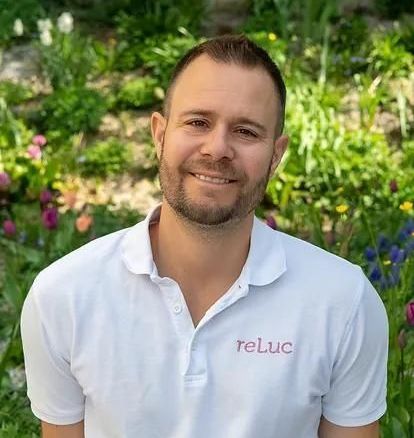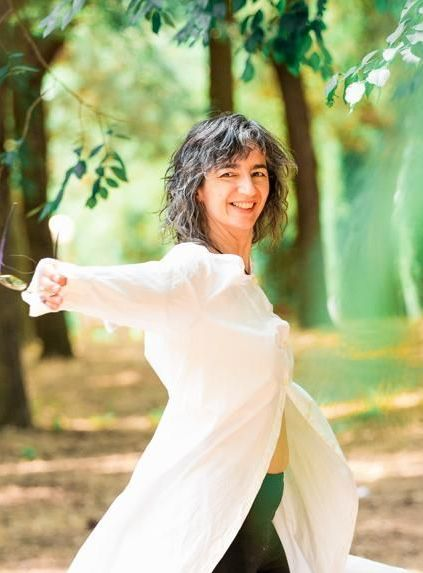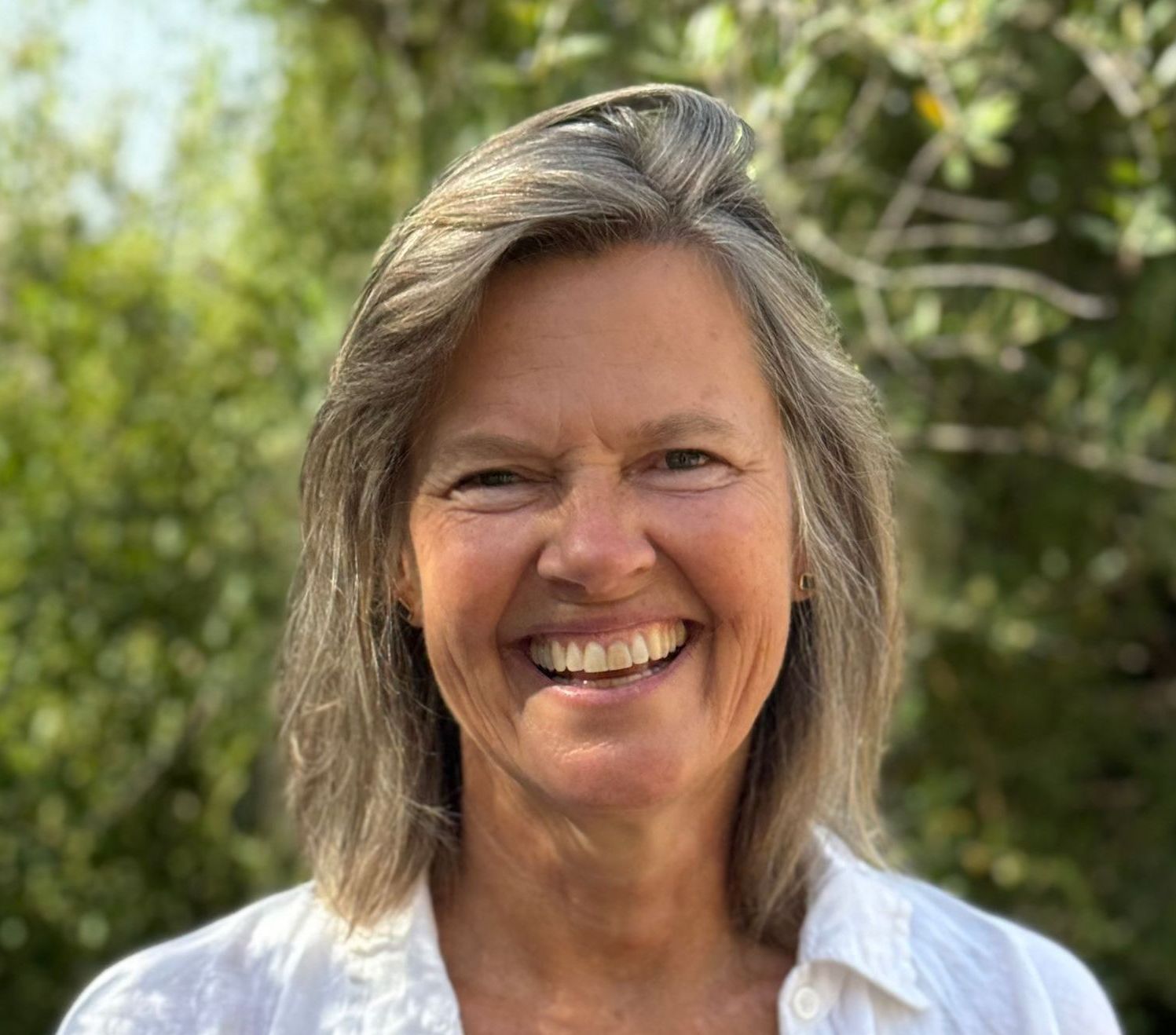Relational trauma – the split in a child's heart
Dr. Yulin Sun holds a PhD in Educational Psychology and is an expert on generational trauma
Healing the unseen inheritance of family patterns, trauma, and love
“The fact that I exist means all my ancestors did enough, and did it right, for life to continue through me.”
Behind each of us stands a long line of survivors – people who lived through wars, famine, migration, heartbreak, and loss.
They did what they needed to do to keep life moving forward.
Whatever choices they made – wise or flawed, kind or harsh – were the ones that allowed us to be here now.
This truth alone is profound: the fact that I exist means my ancestors did enough, and did it right, for life to continue through me.
The echo of survival in our nervous system
Human history has not been gentle. Most of our ancestors lived in a constant state of survival. Their nervous systems learned to fight, flee, freeze, or please – and those strategies were passed forward, generation after generation.
Trauma doesn’t simply end when the event ends. If it isn’t met with care, understanding, or love, it stays alive in the nervous system. It quietly shapes how we think, how we love, how we parent, and how we feel safe in the world.
Through
epigenetics, these imprints are carried forward. Our bodies hold both ancient wisdom and ancient fear. Our ancestors wanted us to live – even if their survival strategies now limit our freedom to feel, connect, or rest.
When the family order shifts
In every family system, there is a natural order that allows love to flow:
- Parents are the big ones – the givers
- Children are the small ones – the receivers
- Partners are equals – standing side by side
This order keeps balance. But when one parent is emotionally or physically absent – distant, unavailable, or overwhelmed – the balance is disturbed.
“When the order of the family shifts, children stop being children and become caretakers of their parents.”
Often, the oldest child steps in to fill the space. The son becomes his mother’s protector; the daughter becomes her emotional partner. These children stop being children and become caretakers of their parents.
At first glance, this looks noble – a devoted child supporting a struggling parent. But beneath the surface, both suffer. The child carries a weight too heavy for their years, and the parent loses strength by leaning on the small one for support.
Dear mother, please allow e to love my father, too
“Every child loves both parents unconditionally – even when love feels unsafe, the child adapts by trading authenticity for attachment.”
Dr. Yulin Sun
I am just a child – from both of you.
Children who step into adult roles often lose touch with their own inner world. They become attuned to everyone else’s needs – soothing the parent, protecting siblings, maintaining harmony.
In doing so, they lose connection with themselves. They stop asking, What do I want? What do I feel? and instead learn to sense, what does everyone else need from me?
This pattern can follow them into adulthood. They may struggle with boundaries, self-worth, or closeness. They may feel guilty for wanting freedom, or fear being disloyal if they choose their own path.
In families marked by conflict, children often take sides – deciding one parent is “good” and the other “bad.” The child’s love divides, and so does their sense of safety. If dad doesn’t love mum, will I betray him if I do?
This quiet conflict can last for decades, shaping their relationships long after childhood ends. Every child loves both parents unconditionally. This love is biological – it keeps them connected and safe. Even when parents are distant or hurtful, the child remains loyal.
But when love feels unsafe, the child adapts. They become “good”, quiet, helpful – trading authenticity for attachment.
Healing begins when we stop carrying what isn’t ours – when we allow love to flow freely again, to both parents, to both sides.
Dear mother, please allow me to love my father, too.
I am just a child – from both of you.
When love can belong to both, the child –and the adult they become – can finally rest.
Somatic Experiencing®: the body's path to healing
Healing begins when we bring awareness to how the past lives in the body.
Somatic Experiencing® (SE), a gentle trauma-healing method, helps the nervous system find safety again through presence and slow reconnection.
SE listens to the body – its breath, impulses, tension, and stillness. When someone has lived outside their rightful place in the family system, their body often shows it: through tightness, anxiety, numbness, or exhaustion.
By allowing new, safe experiences that counter old patterns, SE helps the body complete what was once frozen. Over time, the nervous system remembers how it feels to be calm, grounded, and fully alive.
Saying yes to what was – and to the life that is
Healing family pain is not about rewriting or blaming the past – it’s about acknowledging it.
To say yes to what was doesn’t mean approval; it means acceptance. It means recognizing that what happened shaped us – and that life still chose to continue through us.
Our ancestors’ lives, with all their imperfections, made ours possible. When we honor that truth, we stop fighting what is behind us and start living what is before us.
From this place of acceptance, love can flow again – between parents and children, within our bodies, and across generations. To stand here, alive, is already a miracle.
The fact that we exist now means that life – through all its struggles – has chosen to continue through us. Our task is no longer to survive, but to live.
“Healing begins when we stop carrying what isn't ours and allow love to flow freely again – to both parents, to both sides.”
Dr. Yulin Sun
👉 Learn more about our Dragonfly Retreats program and how we integrate Somatic Experiencing® and generational trauma work into our approach.
Start your healing journey today. Your body is ready to release what it has carried for too long.
See you in Portugal!



